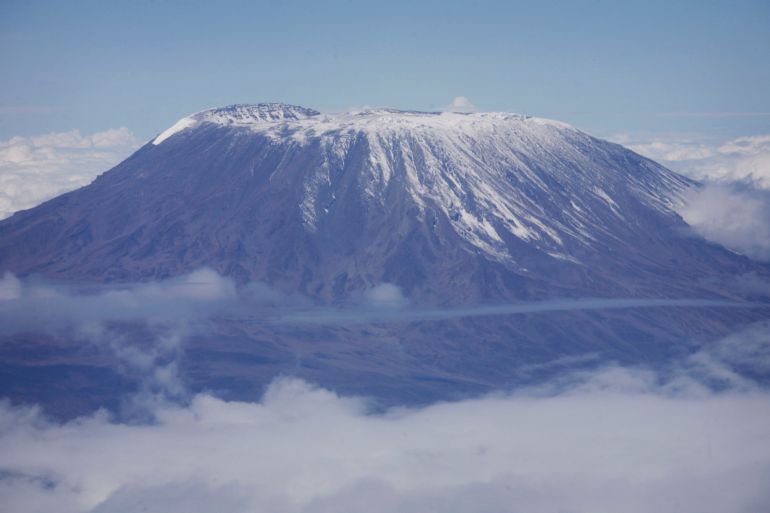Climate change: Major glaciers worldwide to disappear by 2050
The most important protective measure to prevent major glacier retreat globally would be to drastically reduce carbon emissions.

Some of the world’s most famous glaciers, including in the Dolomites in Italy, the Yosemite and Yellowstone parks in the United States, and Mount Kilimanjaro in Tanzania, will disappear by 2050 because of global warming, whatever the temperature rise scenario, according to a UNESCO report.
The United Nations cultural agency UNESCO, which monitors some 18,600 glaciers across 50 of its World Heritage Sites, says one-third of those are set to disappear by 2050.
Keep reading
list of 4 itemsUN warns the planet is heading for ‘climate catastrophe’
UN calls for energy sector overhaul to avoid climate catastrophe
Will COP27 address Africa’s climate challenges?
While the rest can be saved by keeping global temperature rise below 1.5 degrees Celsius (2.7 degrees Fahrenheit) relative to pre-industrial levels, in a business-as-usual emissions scenario, about 50 percent of these World Heritage glaciers could almost entirely disappear by 2100.
The study “shows these glaciers have been retreating at an accelerated rate since 2000 due to CO2 emissions, which are warming temperatures”, UNESCO said.
World Heritage glaciers, as defined by UNESCO, represent about 10 percent of the world’s glacier areas and include some of the world’s best-known ones, whose loss is highly visible as they are focal points for global tourism.
Inevitable shrinking
The report’s lead author, Tales Carvalho, said World Heritage glaciers lose on average some 58 billion tonnes of ice every year – equivalent to the annual volume of water used in France and Spain together – and contribute to almost 5 percent of global observed sea level rise.
Carvalho said the most important protective measure to prevent major glacier retreat worldwide would be drastically reducing carbon emissions.
UNESCO recommends that given the inevitable further shrinking of many of these glaciers in the near future, local authorities should make glaciers a focus of policy by improving monitoring and research and by implementing disaster risk-reduction measures.
“As glacier lakes fill up, they can burst and can cause catastrophic floods downstream,” Carvalho noted.
Countries have pledged to keep global warming to 1.5C above pre-industrial levels – a goal the world is set to miss on current emission trends.
“This report is a call to action,” said UNESCO head Audrey Azoulay in advance of the COP27 climate summit in Egypt starting on Monday.
“Only a rapid reduction in our CO2 emissions levels can save glaciers and the exceptional biodiversity that depends on them. COP27 will have a crucial role to help find solutions to this issue.”